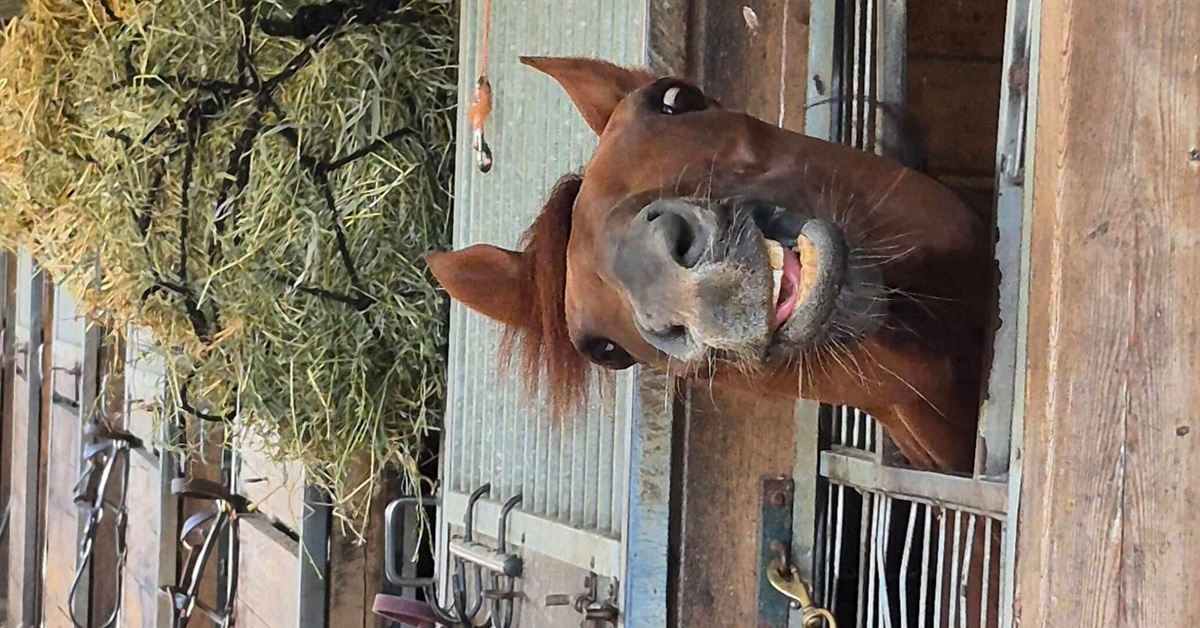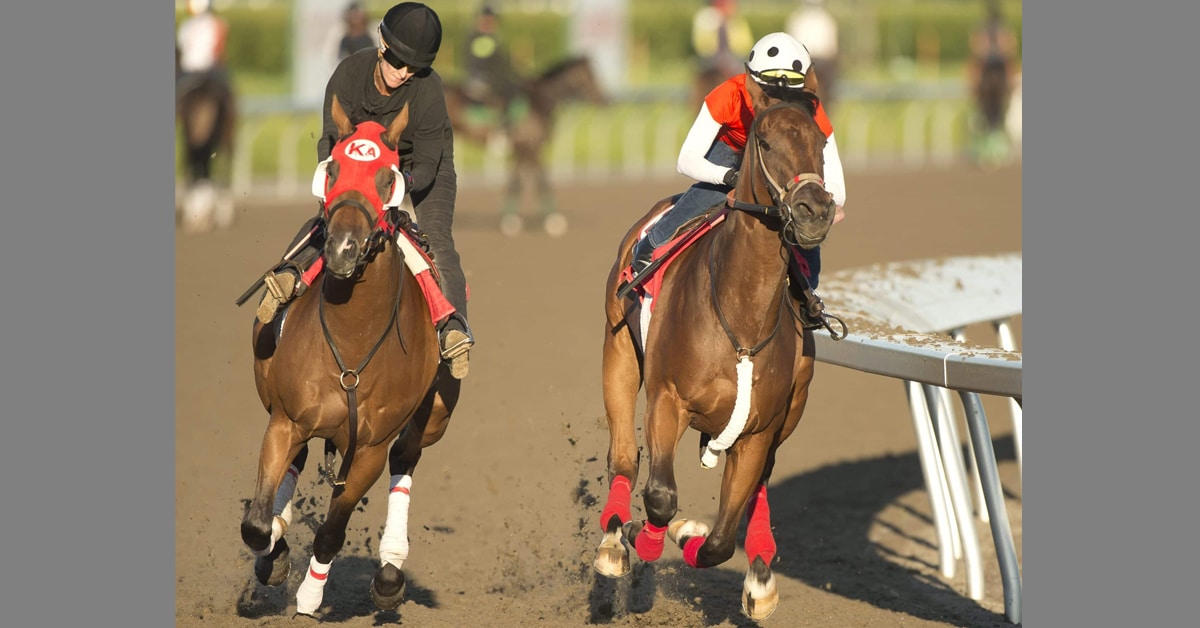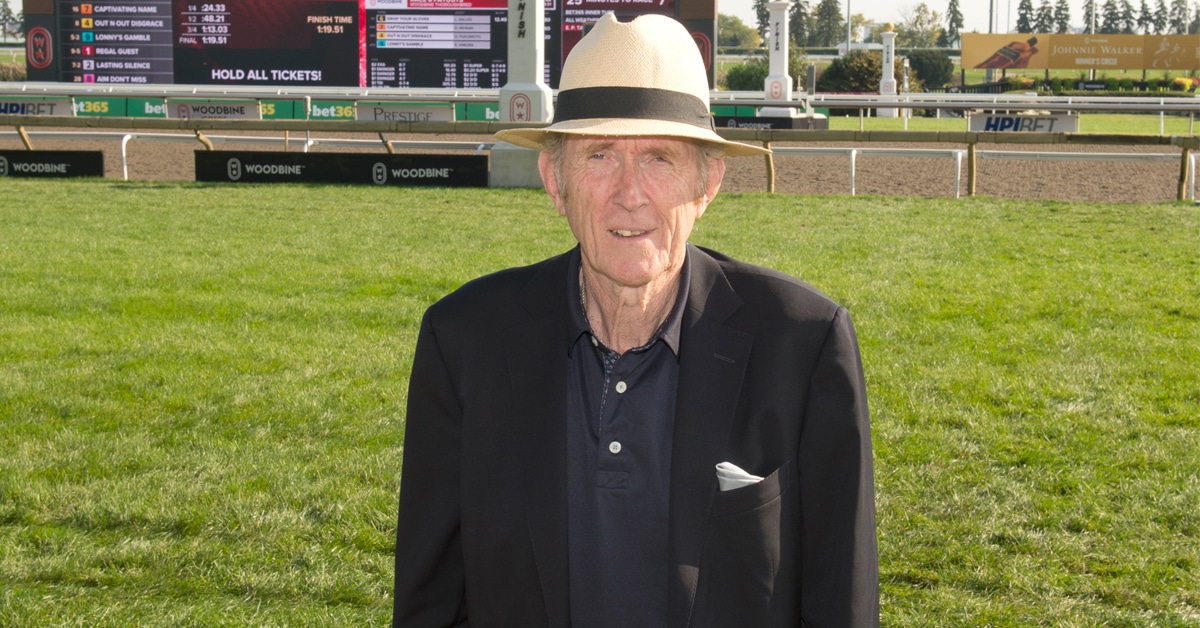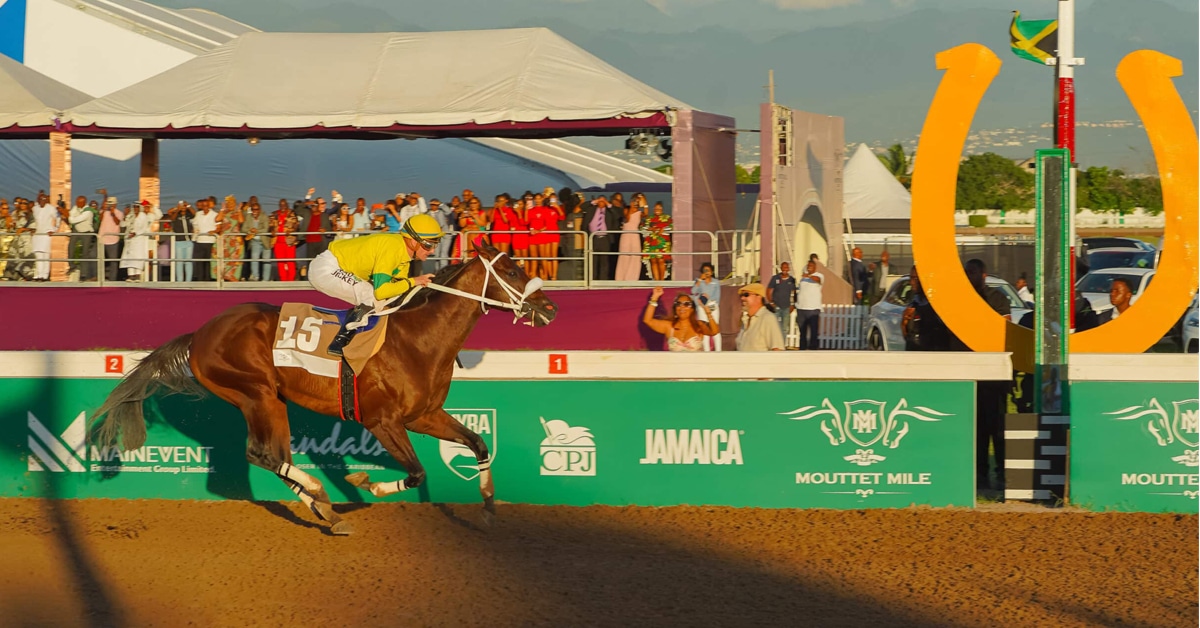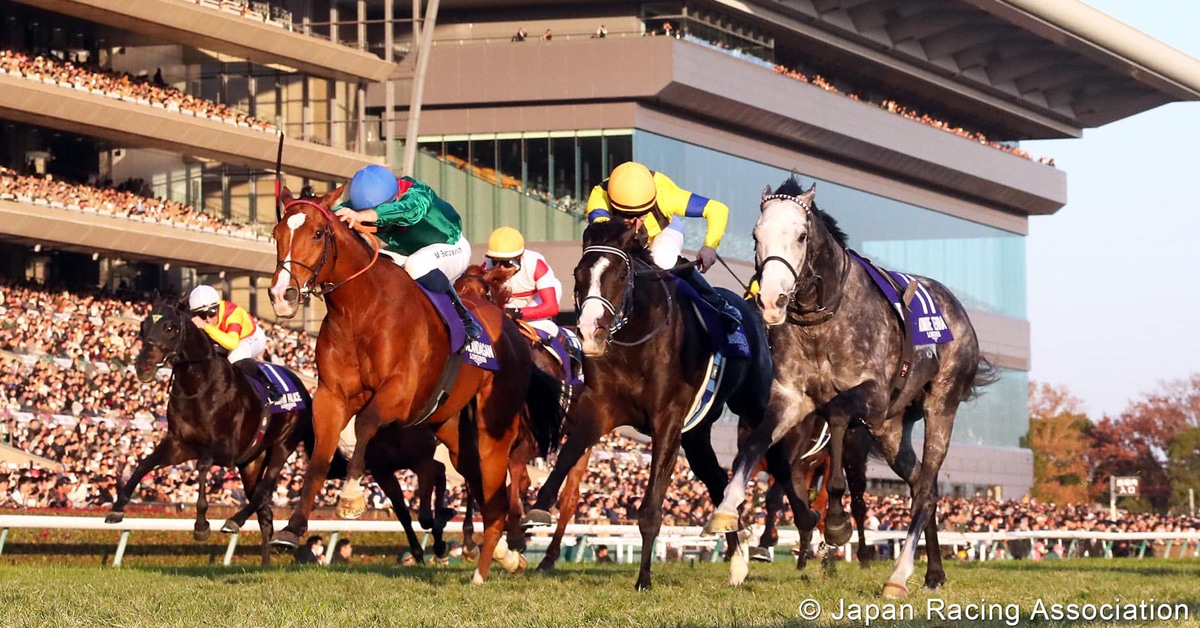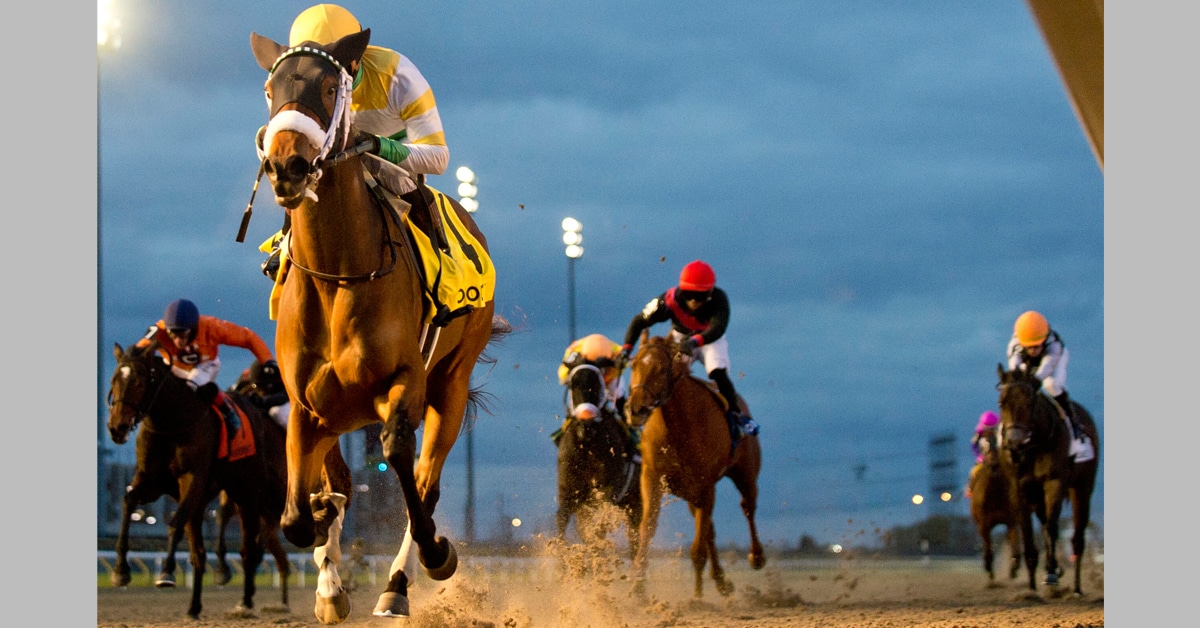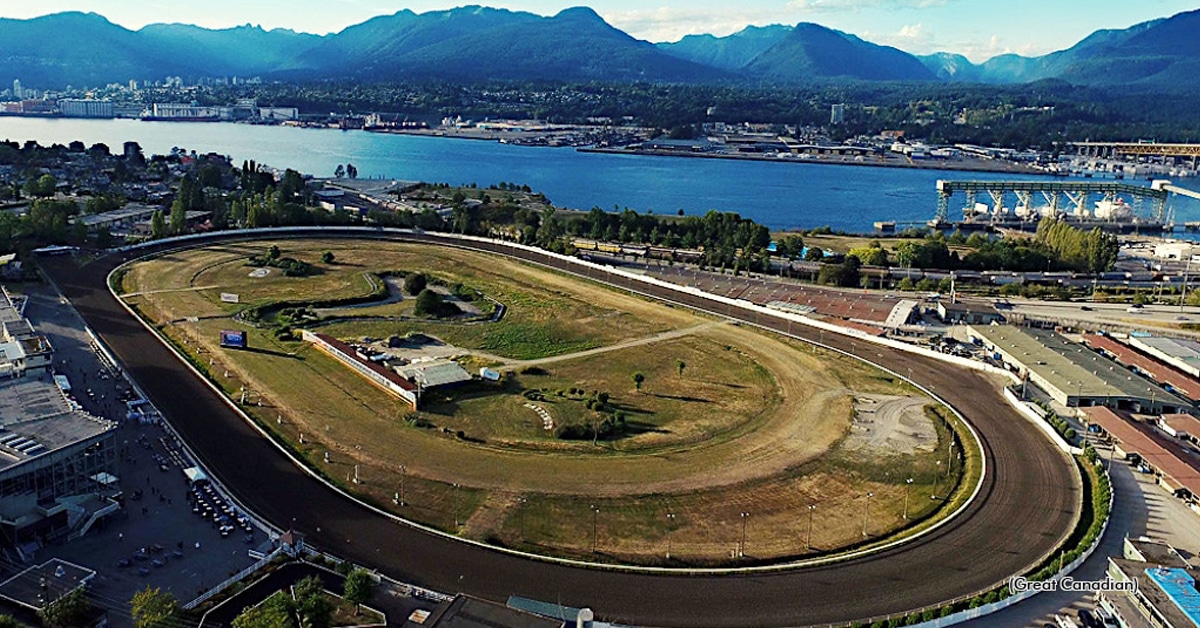What’s the secret to breeding a successful racehorse?
It’s a question at the forefront of just about every breeder’s mind, without any clear answer.
Generally speaking, however, there are two modes of thought when it comes to answering this question: It’s either an art or a science.
For veteran Ontario breeder John Carey, he leans more towards the former.
“Breeding horses is like going to the window and gambling,” Carey said. “Because, really and truly, we don’t know what stallion crosses with what mare. It’s an educated guess. … My old saying was, ‘You cross Mr. Prospector with Northern Dancer and you have a chance of breeding a good horse.’”
Carey runs the T.C. Westmeath Stud Farm in Mulmur, Ont., where he’s become among the most successful breeders in both Ontario and Canada thanks, in part, to his famed stallion Souper Speedy, who holds the title as Canada’s No. 1 sire by progeny earnings in 2023.
Having Souper Speedy in the fold has certainly helped, but, for Carey, the success he’s had as an Ontario-based breeder has mainly come from his own good instincts.
“We have to use our own discretion,” he said. “We cannot be saying, ‘This is a good cross,’ or listening to experts saying it’s a good cross. You have to use your own discretion.”
Considering Carey’s success over the years, it’s hard to fault his method, but it’s not the only path open to breeders.
For the more empirically-minded, the methodology that Michaela Kemp and Ballycroy Bloodstock employ to their breeding endeavours will likely appeal more to you.
“I truly believe in doing my homework, researching bloodlines and matching up mares, physically,” said Kemp, Ballycroy’s director of bloodstock, when asked if breeding is more art or science. “I think, almost, you have to match up a mare physically more than the bloodline. I think you want to get a nice, proportionate, good-looking, strong horse. And if you’ve got a mare that fits well with a stallion, and if they’re going to share some correct attributes, they could create a really nice horse.”
The newest edition to the Ballycroy barn is Gufo, a horse that brings excellent pedigree as a multiple-graded stakes winner.
“An accomplishment such as three Grade 1 wins is not common up here in Ontario for stallions,” Kemp said of Gufo.
Employing her more-empirical approach, Kemp suggests there are specific mare attributes that would match well with what Gufo brings to the table.
“If you could send a pace-setter that would be ideal,” Kemp said. “Gufo was a bit off the pace, so if you want to get some of that quick, early speed, go ahead and send that.”
An analytical, logical assessment of what she has and what she believes will work is the method that Kemp believes will bring success as she continues to build up the Ballycroy stud farm, with the help of some championship-calibre name recognition.
Having a famous racehorse stand stud is a tried and tried method and is one that Adena Springs North is hoping will give a boost to their stallion business in the 2024 breeding season with the new addition of Mucho Macho Man, now the only former Breeders’ Cup Classic winner standing stud in Canada.
“It gives breeders another option here in Ontario,” said Sean Smullen, Adena Springs North’s farm manager. “[And] he’s a Breeder’s Cup Classic winner.”
With the addition of Mucho Macho Man, Adena Springs North’s stud farm operation has grown to six stallions, including longtime leading stallion Silent Name.
So, what’s the secret to breeding a successful racehorse?
It seems clear that there isn’t one answer. Like anything that’s worth doing, there’s a combination of art, science, and a little bit of luck that’s required to create something truly great.
More News
